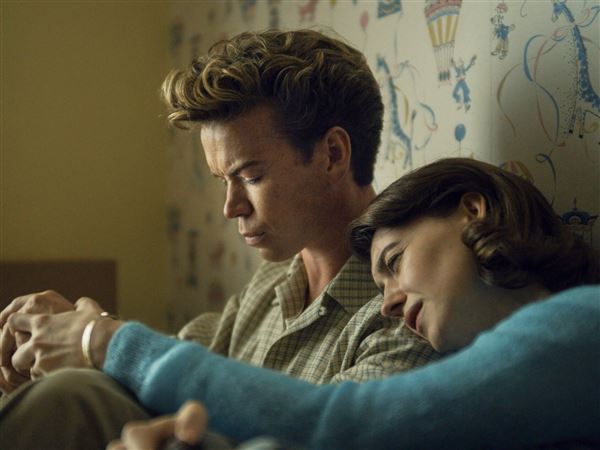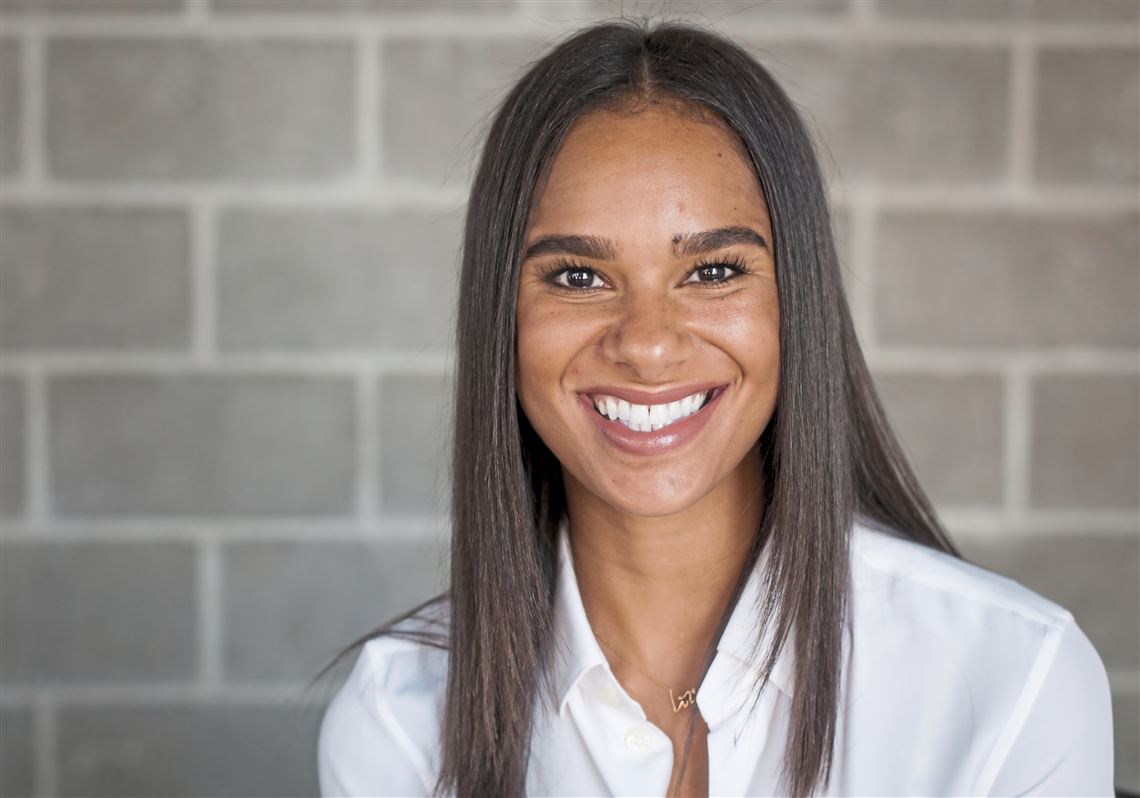At age 13, Misty Copeland was an anxious teen in stocking feet, shorts and a T-shirt taking her first ballet class on a basketball court at a Boys & Girls Club in San Pedro, Calif.
Twenty-two years later, she’s a principal dancer with American Ballet Theatre — the first African-American woman to rise to such ranks in the history of the elite New York City company.
Ms. Copeland shared candid stories of her journey from life in a shabby motel room with five siblings to star of one of the most prestigious ballet institutions in the country during a talk and book signing event Sunday in the Kaufmann Center’s Elsie H. Hillman auditorium in the Hill District. The program, organized by the Hill House Association, was two years in the making and attracted a sold-out crowd of more than 300.
“I think especially being a dancer of color, Misty Copeland has opened up so many opportunities for us and is such an inspiration,” said Lexis Wright, 16, of Point Breeze — one of several budding dancers who attended, hoping to soak up some wisdom from the boundary-breaking ballerina.
Lexis is a dance major at Pittsburgh CAPA and also dances with Pittsburgh-based choreographer Greer Reed.
“Being in her presence, it motivates me to continue to do more,” Lexis said.
Also in the audience was Evan Frazier, a senior vice president at Highmark Health and a former president and CEO for the Hill House Association. His daughter is 16-year-old Nia Frazier, who rose to stardom on the reality TV show “Dance Moms.”
“She has followed [Ms. Copeland’s] trailblazing career very, very closely and so has our entire family,” he said.
For Ms. Copeland — a powerhouse on stage who oozes warmth and humility in person — being a role model for the next generation is serious business.
“It’s important for children to be able to see themselves represented in so many different spaces. That’s why I do things like this and events like this,” she said.
When she was a kid, there were few prominent ballerinas of color she could look up to, so instead she was drawn to singer Mariah Carey.
“I think because she was biracial and she was successful, it was someone I connected with,” Ms. Copeland recalled.
As she learned more about the art form, she found inspiration in the stories of Argentinian ballerina Paloma Herrera, another ABT principal, and Raven Wilkinson, the Ballet Russe de Monte Carlo's first black ballerina who toured the Jim Crow South with the company in the 1950s.
“Hearing her story gave me a different sense of purpose in my career to be able to educate people and share the history of black dancers and diversify ballet,” Ms. Copeland said.
Diverse role models in the dance world, particularly in classical ballet, are still few and far between, but she’s doing her part to help change that. In 2013, ABT introduced Project Plie, an initiative to bring more training and support to underrepresented communities.
Similar efforts are underway at Pittsburgh Ballet Theatre, which has two black dancers in the company. In 2011, PBT announced a multiyear partnership with the August Wilson Center for African-American Culture, which included dance education and performances in the venue’s 486-seat theater. Timed with PBT’s performance last season with Dance Theatre of Harlem, it also formed a diversity committee of nearly 50 members, with the goal of broadening the reach of the historic collaboration. A group of Pittsburgh Ballet Theatre School students attended Ms. Copeland’s talk.
“It’s not just about bringing in kids from different communities with different backgrounds and giving them an opportunity that maybe they don’t have the funds to be a part of this very expensive art form,” Ms. Copeland said. “Beyond that, it’s educating their parents, it’s getting more diverse faculty and teachers in these big companies so that they can see themselves represented.”
But diversifying ballet also means expanding how dance perceives body image. In March, Ms. Copeland released the book “Ballerina Body,” a guide to embracing the best version of one’s self through healthy eating and movement.
“My feeling is that we all don’t have to look the same to be able to accomplish that and to be able to make people feel something when we’re out there performing,” she said. “It’s not about a diet or a fad or starving yourself to look a certain way but becoming comfortable and accepting what your body is capable of becoming.”
During the question-and-answer session, she appeared to relish every question, which ranged from “how did you juggle training with schoolwork” to “how do you jump so high.” Off stage, Ms. Copeland divulged that she enjoys cooking while sipping a glass of Prosecco.
And what would her mission be if she were a superhero?
“To get rid of racism,” she said. “To be able to give back to the dance world and the dance community, I think I will forever do and be part of that. I will never completely leave the arts and dance and ballet. It’s given me this life, and I’m forever grateful.”
Sara Bauknecht: sbauknecht@post-gazette.com or on Twitter and Instagram @SaraB_PG.
First Published: September 25, 2017, 10:51 a.m.



















